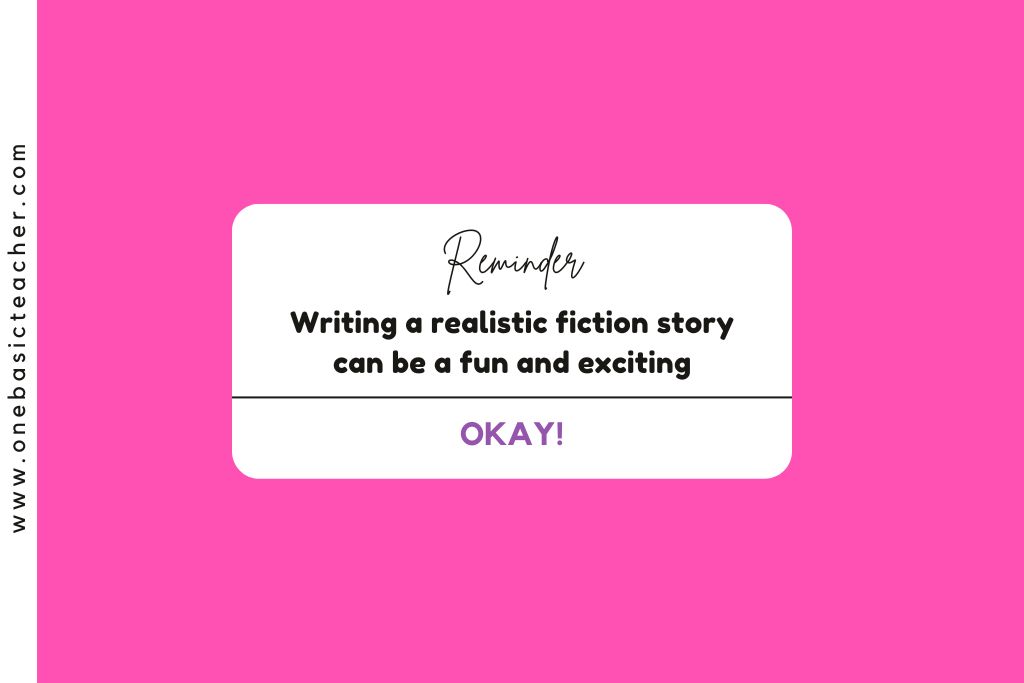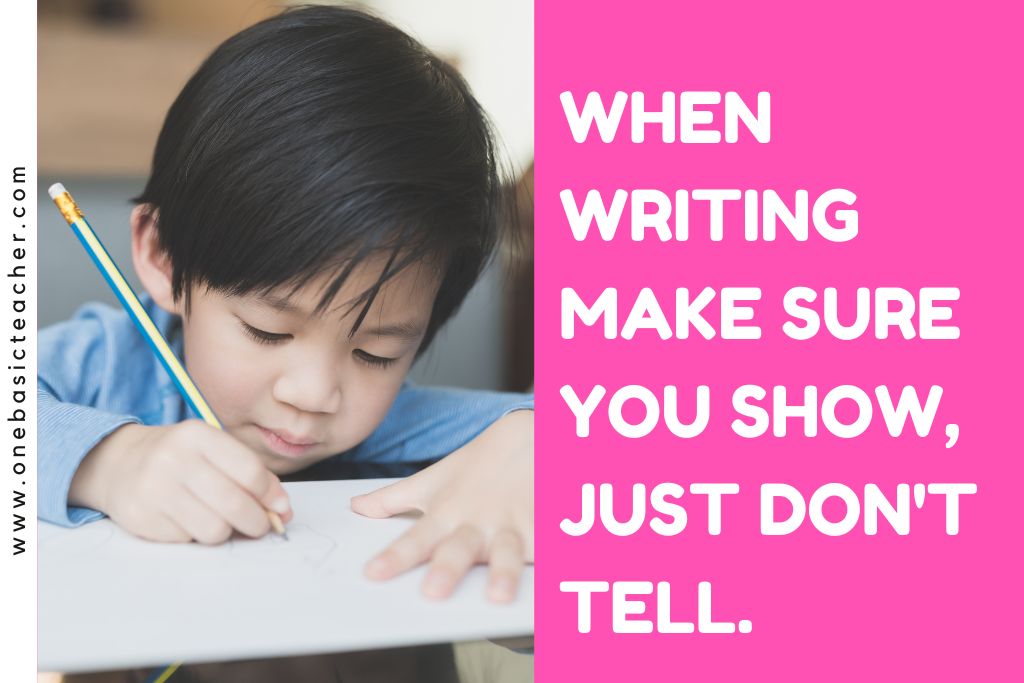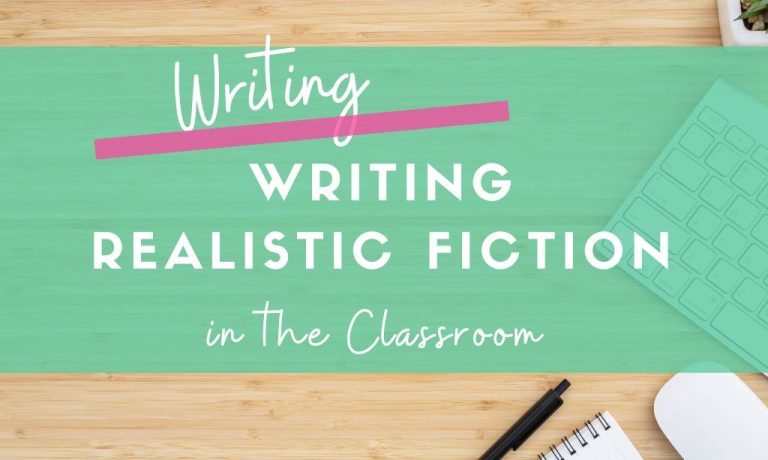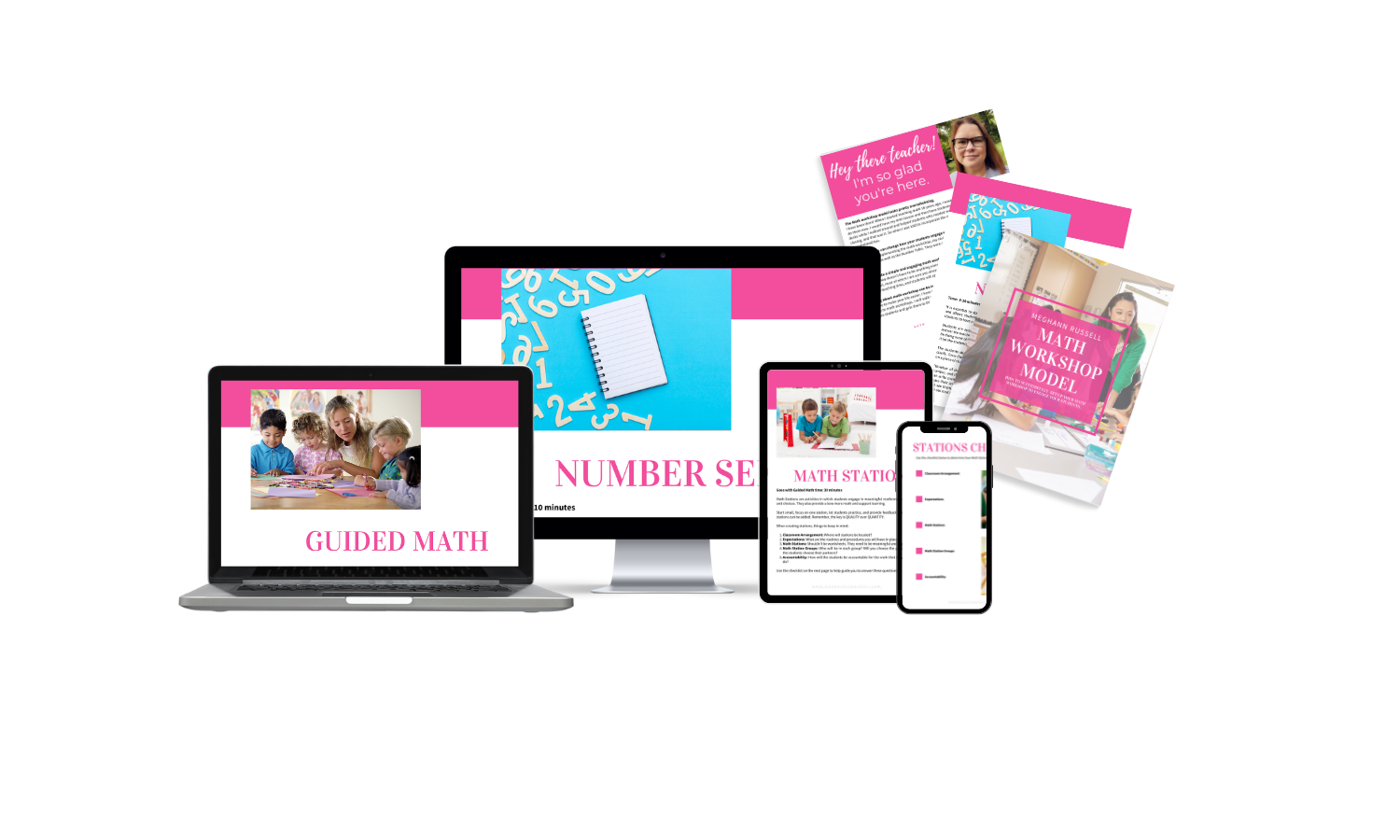Writing a realistic fiction story for primary grades can be a fun and exciting activity for both students and teachers. Realistic fiction stories are stories that could happen in real life, but the characters and events are made up by the author. Here are some tips on how to write a realistic fiction story for primary grades:

- Choose a relatable topic: Start by choosing a topic that the students can relate to. For example, writing about a first day of school, a pet, a family vacation, or a birthday party are all relatable topics that students can connect with.
- Create relatable characters: The characters in a realistic fiction story should be relatable and easy to understand. Give them unique names, physical descriptions, and personalities that are appropriate for their age. Make sure that the characters’ actions and decisions are consistent with their personalities.
- Develop a plot: The plot is the sequence of events that happen in the story. It should have a clear beginning, middle, and end. The plot should also have a problem or conflict that the characters need to solve. For example, the problem could be a lost pet, a difficult homework assignment, or a disagreement with a friend.
- Use descriptive language: Use descriptive language to help the reader visualize the characters and setting. Use adjectives and sensory details to describe the characters’ actions and surroundings. For example, instead of saying “the cat ran away,” you could say “the scruffy gray cat darted down the street, his tail twitching with excitement.”
- Show, don’t tell: Instead of telling the reader what is happening, show them through the characters’ actions and dialogue. For example, instead of saying “Sally was sad,” you could show Sally crying or slumping her shoulders.
- Use dialogue: Dialogue is the words that the characters speak to each other. Use dialogue to show the characters’ personalities, emotions, and motivations. Use quotation marks to indicate when a character is speaking.
- Use appropriate language: Use language that is appropriate for the age level of the students. Avoid using complex vocabulary or sentence structures that may be difficult for them to understand.
- Edit and revise: After the story is written, have the students edit and revise their work. Encourage them to check for spelling, punctuation, and grammar errors. Also, encourage them to add descriptive details or dialogue to make the story more interesting.

In conclusion, writing a realistic fiction story for primary grades can be a fun and rewarding experience for both students and teachers. By following these tips, students can create relatable characters, develop a clear plot, and use descriptive language to bring their story to life.




